Rules for pruning lilacs in spring and autumn
Lilac is unpretentious, caring for it is quite simple, and therefore this shrub grows in many regions. But we must not forget about one point in caring for a plant. The reason for the death of lilacs or simply deterioration of its appearance (for example, a decrease in the size of inflorescences) is a too dense crown. Therefore, timely pruning of lilacs is so important. In spring or autumn - when is the best time to carry out this procedure? How to create a suitable shape? How can you protect your plant from the potential negative effects of pruning? Let's try to figure out all these issues.
Pruning before flowering
Lilac pruning can be done in different months. Each of these procedures has its own meaning.
For example, pruning before flowering (that is, in early spring, between mid-March and early April) is important for several reasons.
- It leads to more intensive growth of side shoots.
- It helps to pre-leave only those branches on which buds appear. Thus, all the nutrients received by the plant will be spent on the growth of these parts.
- At this stage, it is easier to form the crown.
You need to start pruning by removing all damaged branches. If they are broken, blackening has appeared on them, or branches have grown in a crooked shape - get rid of them.
You also need to cut off very old branches. They can be identified by the following features:
- curved shape;
- the presence of lichen on them.
But young shoots that have appeared over the past year may also be under attack. For example, if they grow in the center of the bush. They do not get sunlight, nutrients also come in small quantities. And there is not enough room for intensive growth. They only overload the bush.
It is also better to get rid of the shoots that did not survive the winter cold. They can no longer be reanimated.
But to cut off the upper parts of the branches, shortening the bush, is not worth it during this period. After all, there are also kidneys.
Pruning after flowering
The next pruning should be done after flowering. This is best done between late May and mid June.
During this pruning, the target is no longer old and damaged branches, because they are disposed of in early spring. Now you need to get rid of the inflorescences that dry out after flowering. If this is not done in time, then seeds will begin to form on them. And all the nutrients received by the plant will be transferred to them. Because of this, you may not wait for re-blooming in spring.
It is also after flowering that long branches can be shortened. Now there is no need to worry about the developing kidneys. After pruning, you will notice that voids are visible in the crown. There is nothing to be afraid of - by next spring they will overgrow, new shoots will form.
When is the best time to prune after flowering - right after flowering, in spring, or can you wait until autumn? For budding gardeners, this is a serious question. Pruning in the fall is not strictly prohibited. And if you did not have time to shorten the branches immediately after flowering, then you should do this in the autumn. But there is a risk that you will cut off parts with already forming buds. For this reason, flowering in the spring may not start at all. So it is best to prune before mid-summer.
Formative pruning
Pruning isn't just for getting rid of damaged branches. With it, you can change the shape of the lilac. Usually, such procedures begin when the bush reaches the age of three years.
Trimming needs to be planned in advance because it will take several years to create the shape.
- In the first year, you will have to get rid of a lot of branches. Ideally, no more than four should be left. These should be the strongest and evenest branches on which there is no damage. Also, they should all be directed in different directions. That is, even if there are two branches that are ideal for the formation of a bush, but they grow side by side and are directed in the same direction, you will have to get rid of one of them. It is also necessary to shorten the remaining branches by about half. They should all end at approximately the same level.
- By the second year, forks will appear on the tops of the abandoned branches. It will also have to be worked on, leaving only those forks that have become the strongest.
- In the third year and further, you need to repeat the same actions - to get rid of weak growth, maintaining the necessary shape.
In the future, you also need to control the resulting shape and prevent the formation of a large number of branches.
Stamp trimming
Another type of form is standard. In this way, you can get a small tree. First, it is a more unusual and beautiful form. Secondly, in this way you will protect the bush from external influences. For example, if your lilac is chosen by a dog, because of which the lower branches are constantly rotting.
- In the first year, immediately after planting, cut off all side branches. You need to leave only the central one, which is the strongest and strongest. During this year, remove the young shoots that appear laterally on the remaining stem.
- In the second year, when the lilac grows to the required height, you need to stop its growth in this direction. To do this, pinch the bush, that is, remove the top. As a result, the shoots will begin to grow to the sides. But you will have to get rid of most of the shoots, keeping no more than four of the strongest ones. It is these branches that will become the basis of the tree.
- In the future, you need to proceed in the same way as with conventional formative pruning. That is, every year to process these skeletal branches, leaving the strongest growths on them, to adjust the length of the branches.
Advice
The height of the lilac in the second year should not be higher than a meter, but not lower than sixty centimeters. If the lilac is too high, it will be difficult to correct its shape. And the low stem does not look very nice.
Anti-aging pruning
Over time, the lilac, which was not originally created a shape and did not carry out timely pruning, grows too much. Its branches grow in all directions, differ in length, a large number of old and damaged branches appear. Pruning the old bush will help to rejuvenate. The circuit is pretty simple.
- You also need to cut the bush before spring, before flowering. And if during the usual annual pruning it is not recommended to shorten the branches so as not to remove the buds that are forming, then with anti-aging pruning you will have to do this. Yes, you will get fewer shoots. But this is a really radical pruning that will bring positive results next spring.
- Before pruning, you need to clarify whether the seedling is grafted. To do this, you need to examine the trunk of the lilac. At the grafting site, you will find a change in the thickness of the trunk, as well as differences in the bark - below the graft level, it may be of a different color or with a different pattern. You can only cut such lilacs above the vaccination site. Otherwise, it will lose its characteristics and grow into an ordinary bush.
- Very old and damaged branches should be removed without leaving stumps. Stronger specimens, which will become the basis for rejuvenated lilacs, can be cut in half or by a third.
- Subsequently, adjust the shape of the bush every year. It will take about one or two seasons to fully recover the lilac.
Slicing processing
After pruning, the wounds remaining at the cutting site heal over time. However, this is not such a quick process, and in a period when new shoots have not yet formed, lilacs are in danger.The harm can be especially serious after removing thick branches, because completely formed wounds may not heal. Viruses and fungal spores often enter these holes. Collision with them can lead to the death of the bush, which is why it is so important to process the pruning site.
- After removing or shortening the branch, use a very sharp knife to lightly process the cut.
- If this area does not get moisture, then after about ten hours, cracks will form on it. This means that the top layer has dried, which is approximately 5 millimeters.
- After that, it is necessary to process the cut site with garden pitch.
Garden var is a special tool that accelerates wound healing and prevents pests from entering. It is sold in gardening stores. But you can cook it yourself. This requires three ingredients:
- rosin;
- wax;
- vegetable oil.
One part of rosin will require two parts of wax and oil. Melt rosin, add wax. Pour oil into the resulting liquid, stir and turn off the heat.
To prevent the mixture from stratifying, pour it into water after removing from the heat. Then drain it, leaving the var to dry. Store in closed containers.
Output
Pruning is an important procedure in the care of lilacs. It helps regulate the growth of the bush by removing old branches that are wasting nutrients. Also, with the help of pruning, you can change the shape of the lilac. You can get both a regular bush and a beautiful tree. Pruning will help rejuvenate the lilacs.
It is better to carry out this procedure in the spring - before and after flowering. You can cut the lilac in the fall, but then there is a risk that it will not bloom this season.
It is extremely important to process the cut site so that the bush is not attacked by viruses.
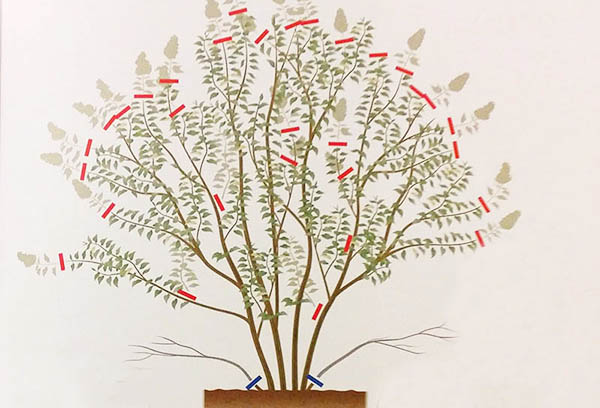
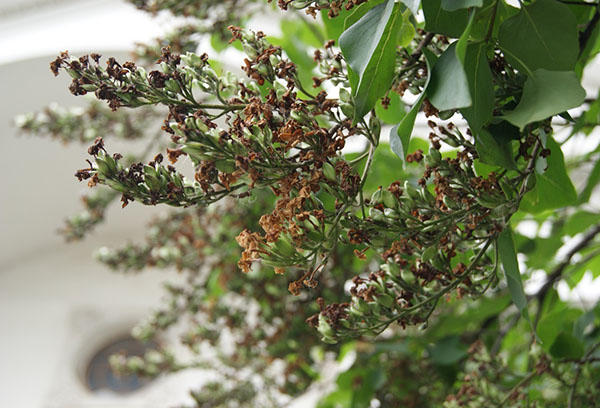


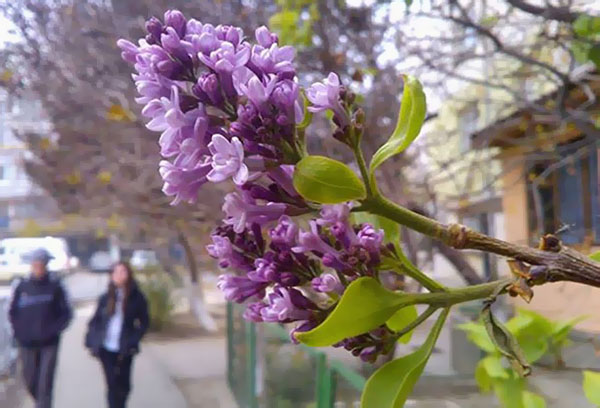


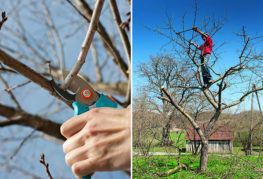
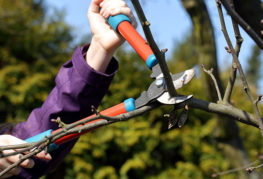
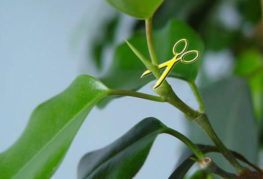
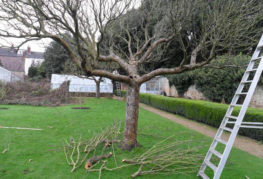
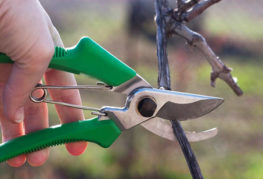
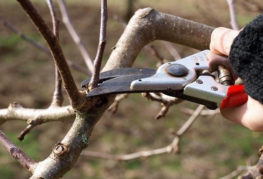
and will be published shortly.